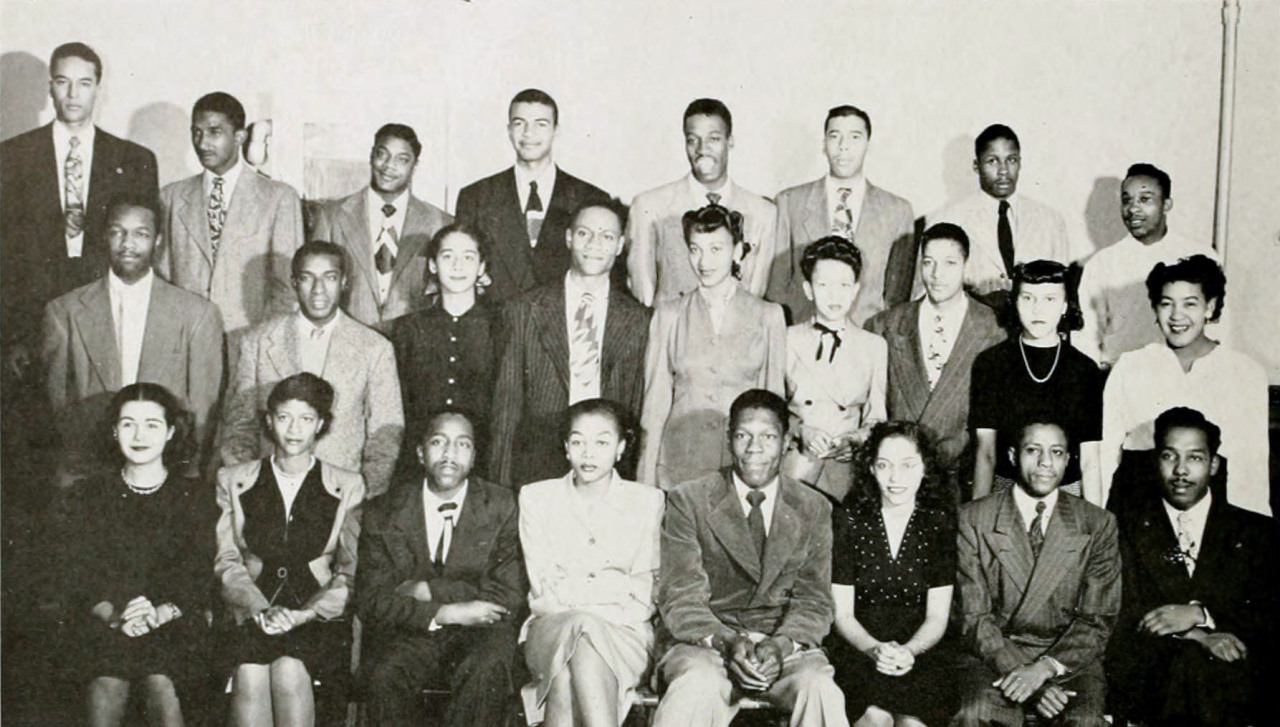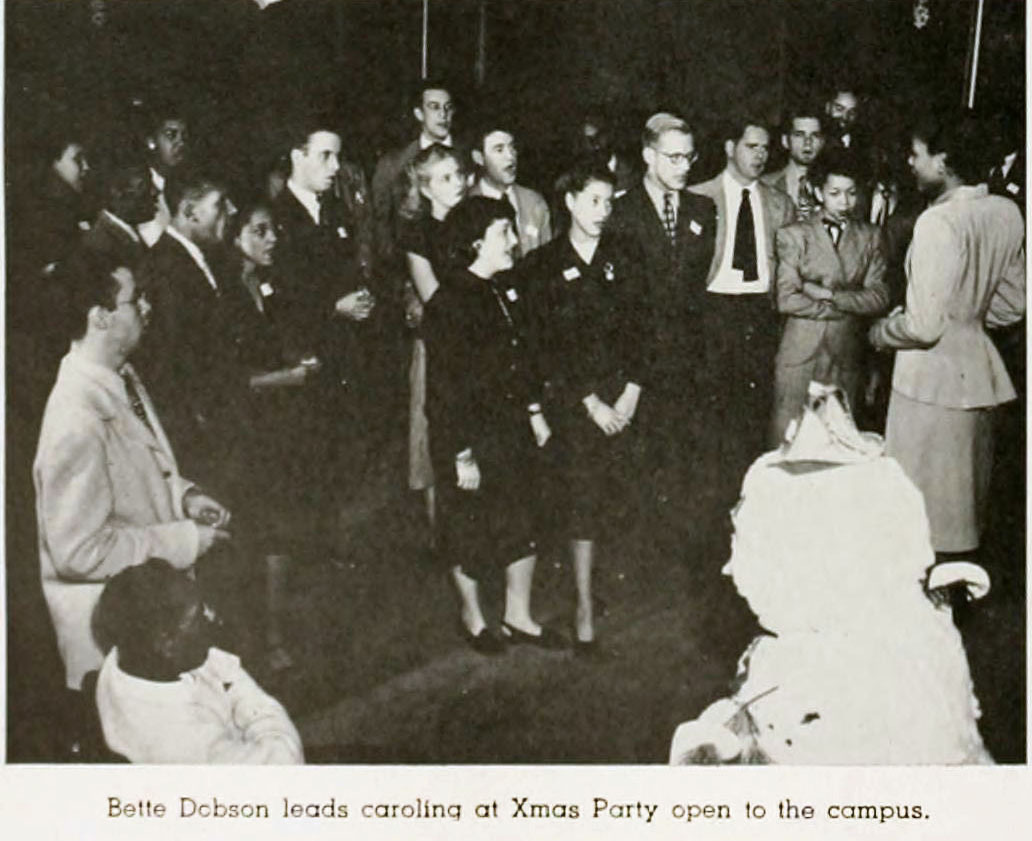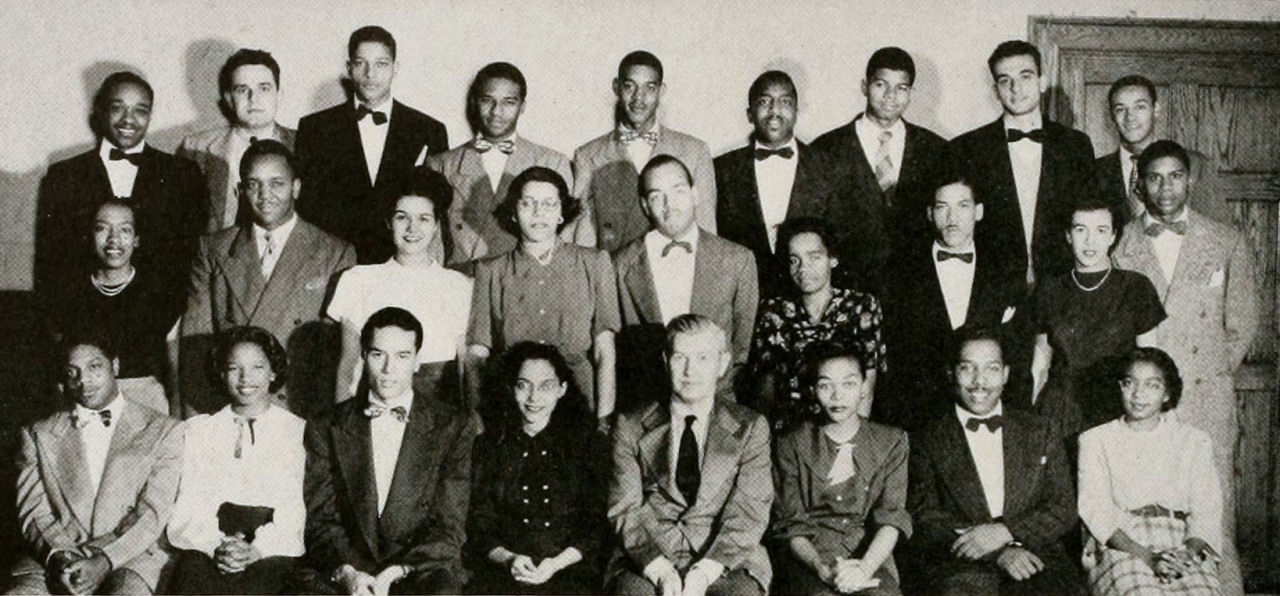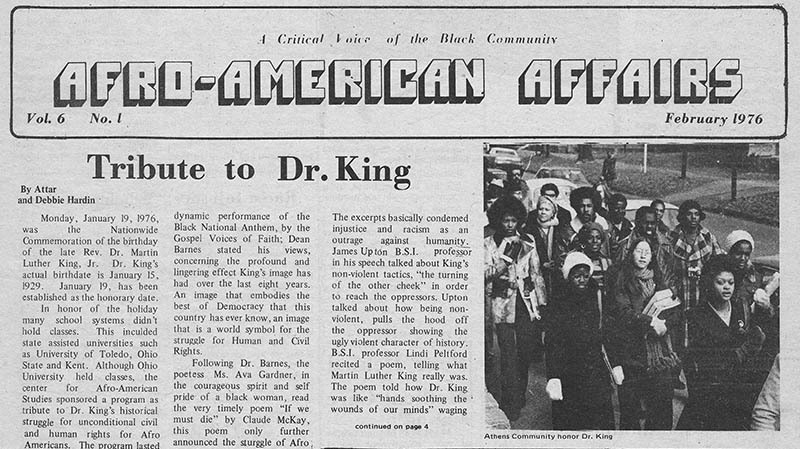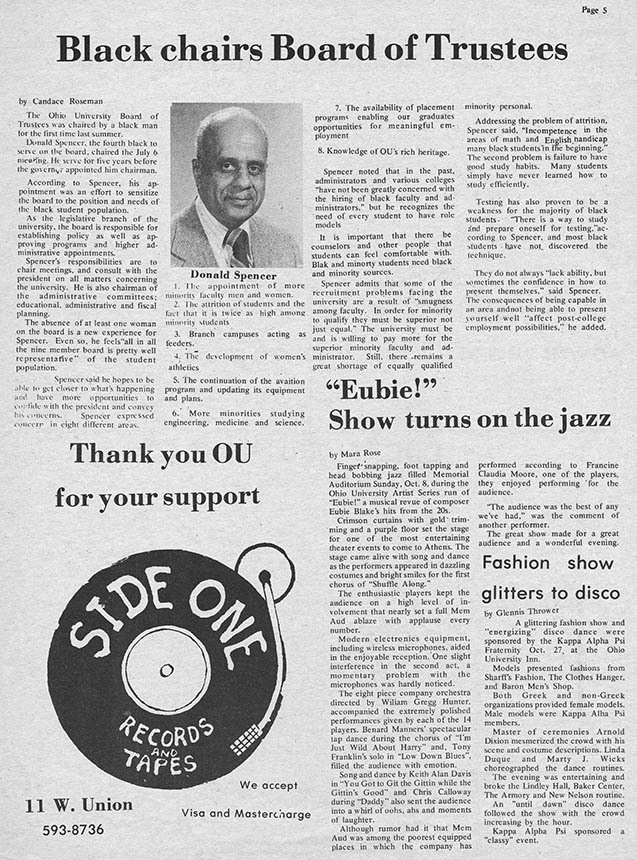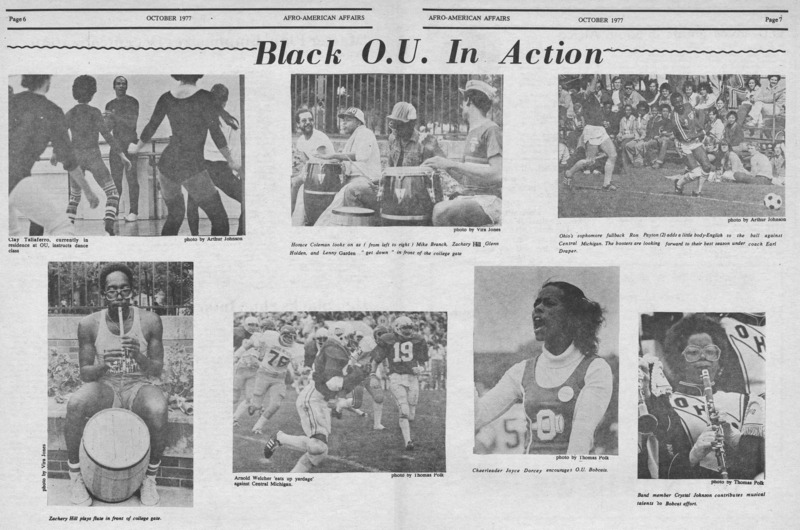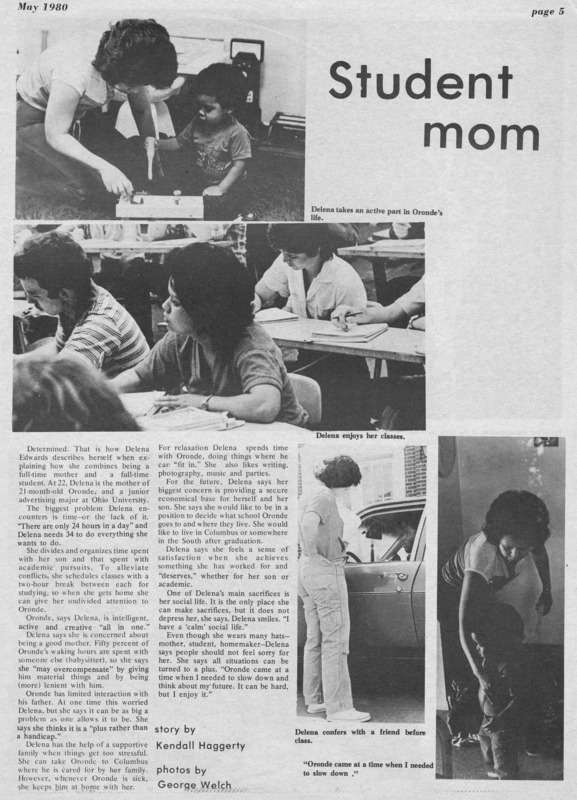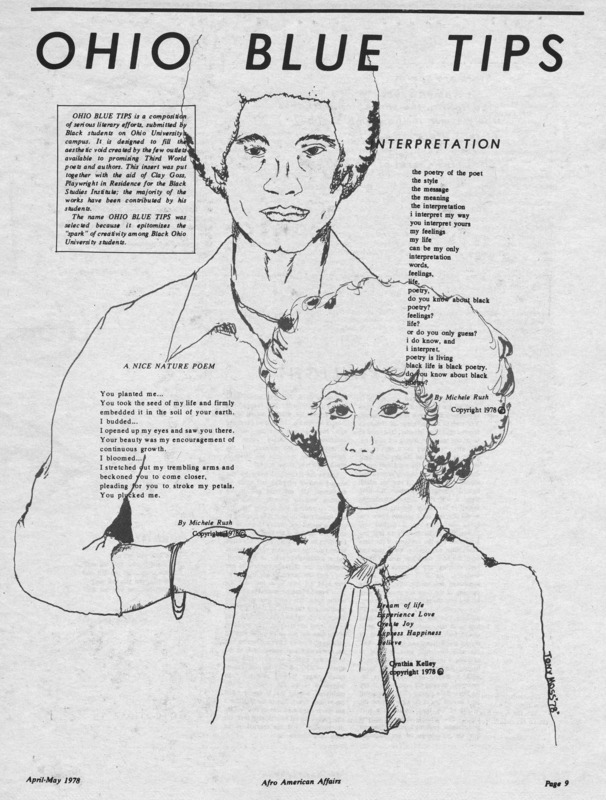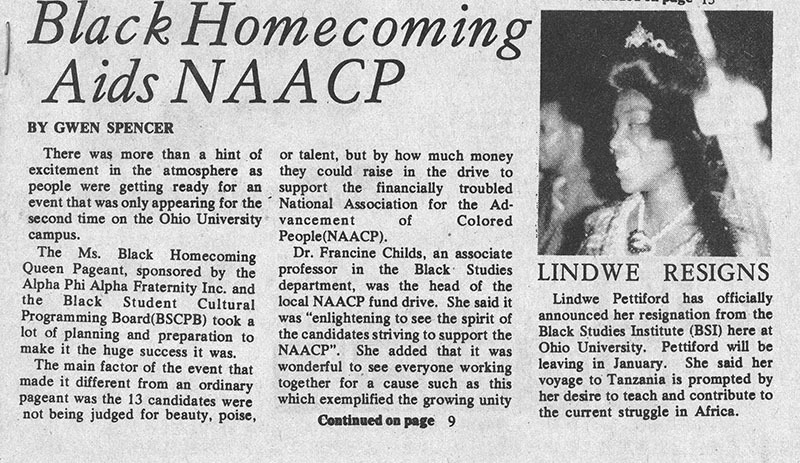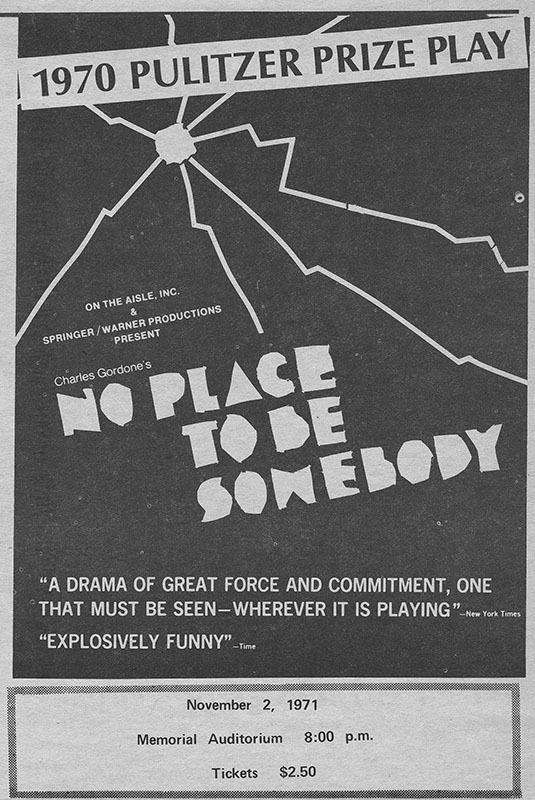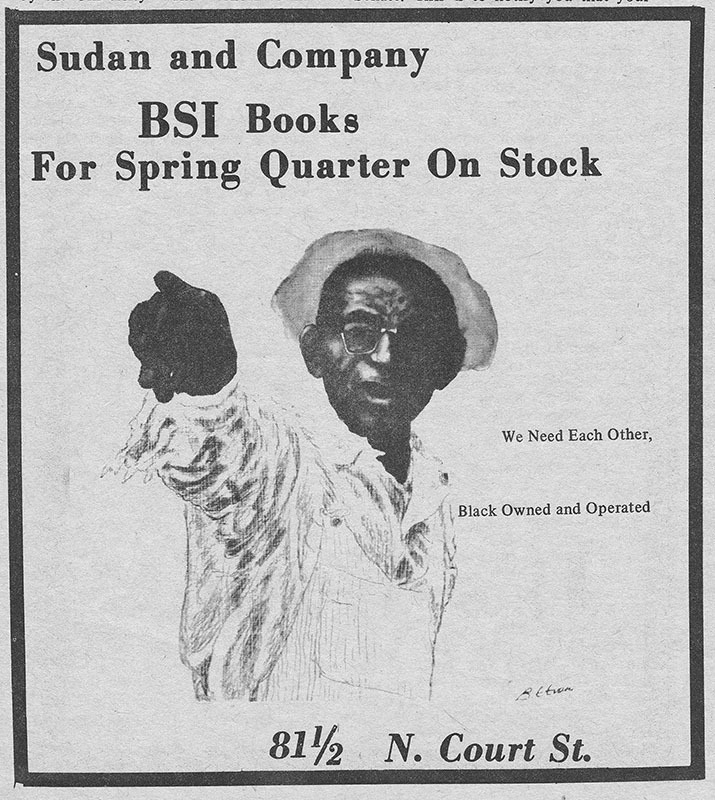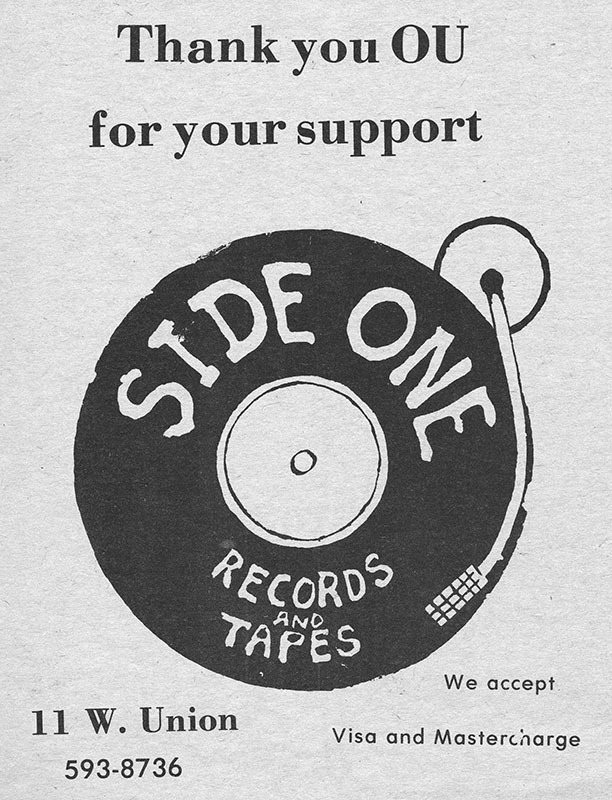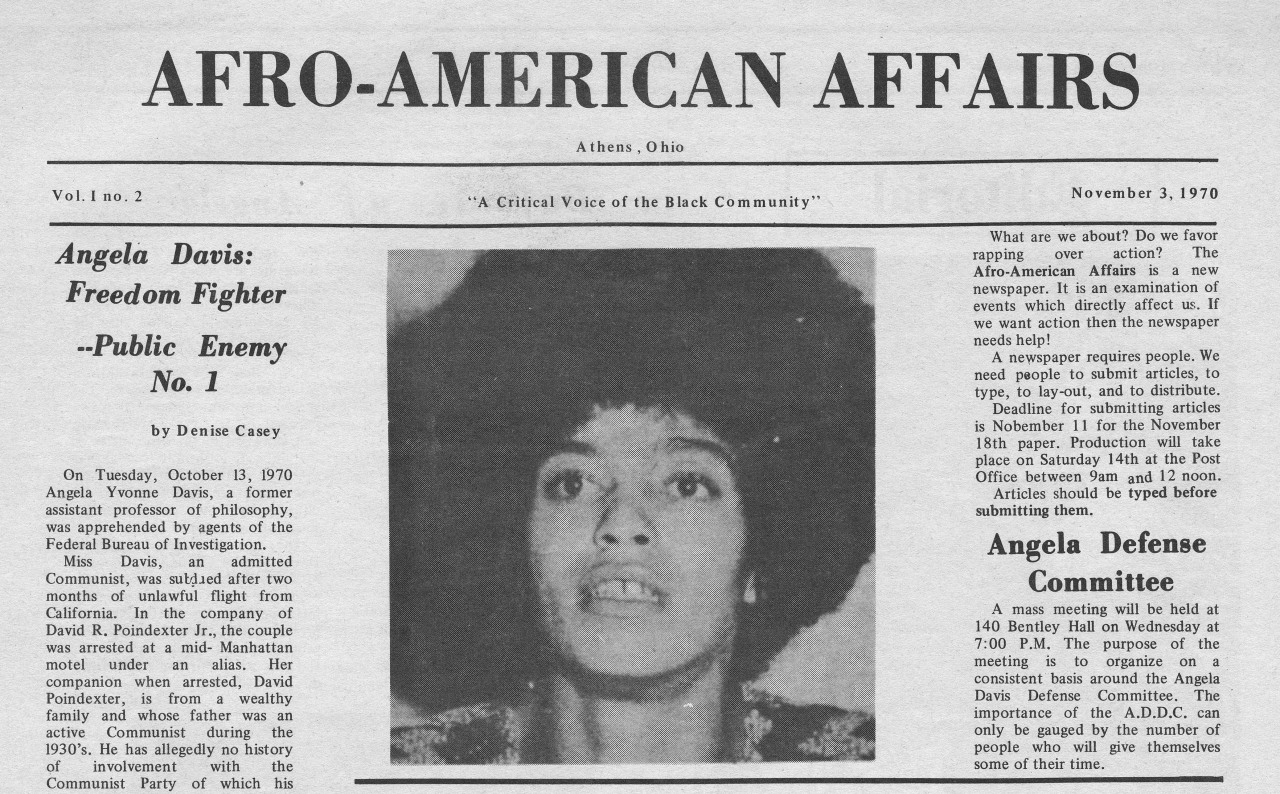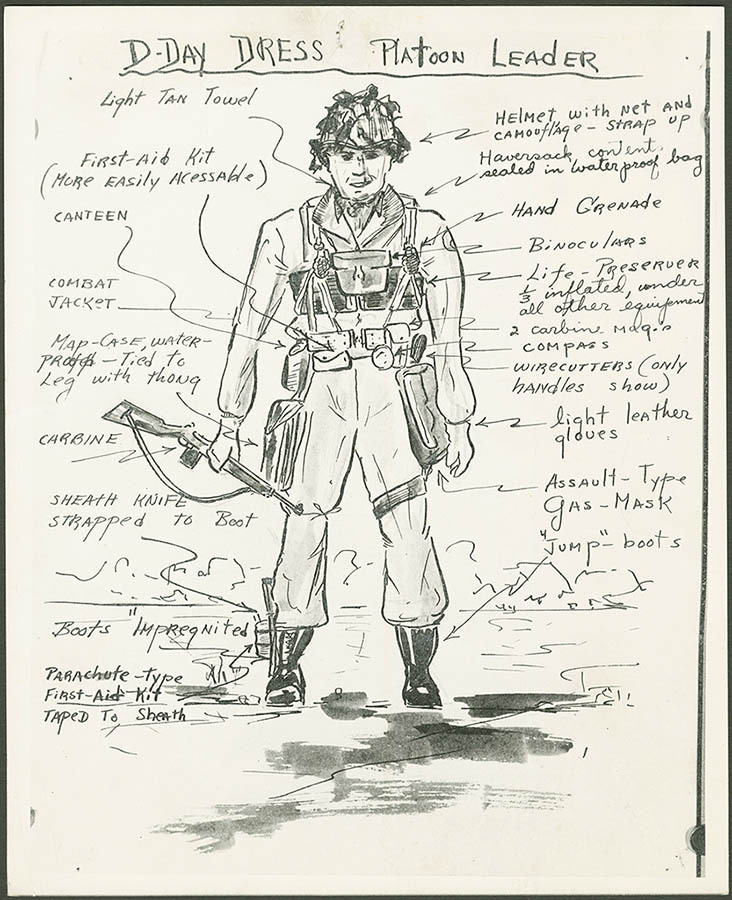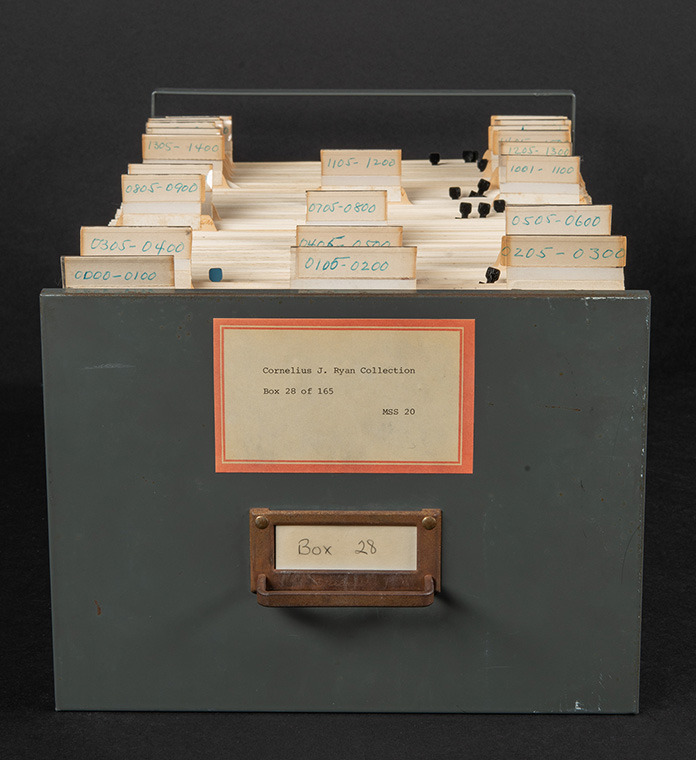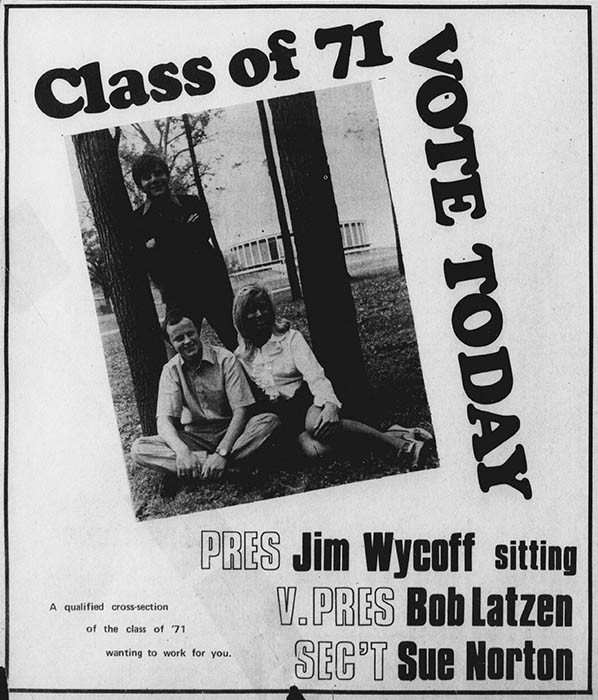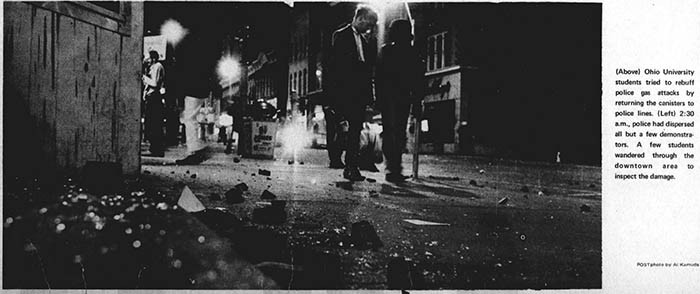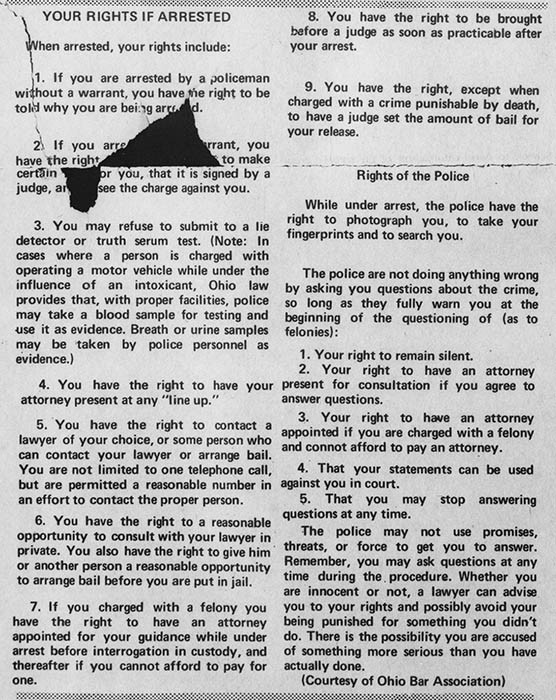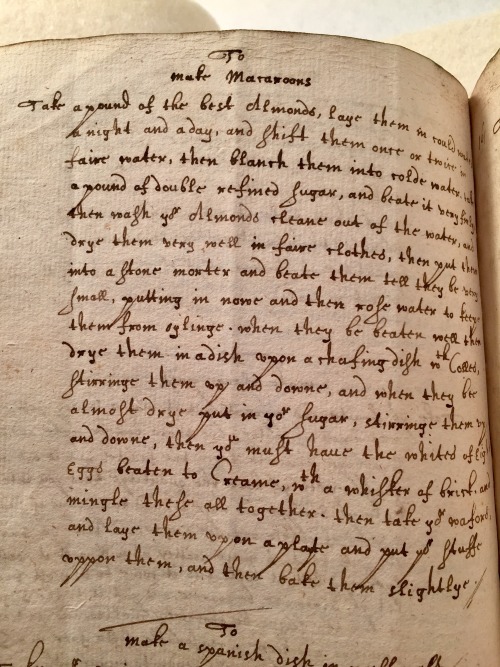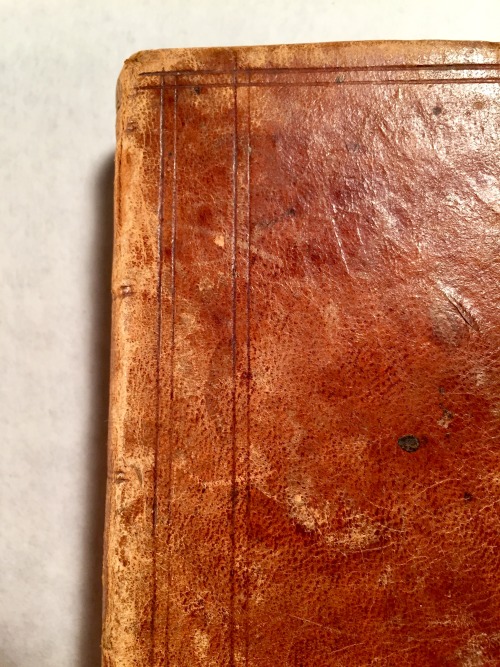Beyond the Archives: How Remote Projects Benefit OHIO Researchers, Libraries Collections, and Staff

There is an endless amount of work to be done in the digital archives field. When most of the country faced job losses due to the COVID-19 pandemic, online transcription provided Ohio University Libraries was able to pivot to remote work for staff and student workers with tasks that could be accomplished remotely. Contributing to the Libraries’ Digital Archives allowed the libraries to continue contributing to the access and discovery of library collections even when the library itself was closed.
The University Libraries’ Digital Initiatives unit (DI) has long relied on the work of student employees to enhance the digitized primary resources with transcription of cursive materials and correction of auto-recognized printed text. Already accustomed to engaging with the Digital Archives, many of them demonstrated versatility, pivoting to online transcription within a couple of weeks of the initial COVID-19 shut down in March of 2020. Utilizing the web-based software platform designed for collaborative transcription called FromThePage, DI quickly transitioned from using on-site software to working from home. “Before long, participants grew to include not only students within our department but staff and students interested in remote work options throughout the library,” Digital Imaging Specialist and Lab Manager Erin Wilson says.
Without the experience of working with Archives and Special Collections materials — both analog and digital — it might be difficult to fully understand the hidden labor that preserves and makes accessible those contents. “Transcription is vital for accessibility and discoverability of online resources,” Wilson says. “Particularly for handwritten materials, where the text is not easily detected with software.”
University Libraries’ Digital Archives include a range of materials from past and present-day eras, such as the Don Swaim Collection, which includes nearly 900 recorded interviews and radio broadcasts with contemporary authors. “I think some people might assume that archival collections are strictly for old books and documents or that they’re most relevant to someone studying history,” Wilson says.

Library Support Specialist Jeff Fulk particularly finds transcribing questionnaires from the Cornelius Ryan Collection of World War II Papers satisfying. The questionnaires bring to life the first-hand accounts of soldiers during World War Two. Transcribing audio collections, such as the author interviews in the Swaim Collection, can be intimidating for him. “I’m more of a visual person,” he says. Luckily, the Libraries offer a variety of transcription projects, allowing transcribers to pick and choose between projects.

As a photographer herself, Library Support Associate Sandy Gekosky appreciated the opportunity to create descriptions for the Peter Goss Photograph Collection, which contains the 1960s work of OHIO alumnus and architectural historian Peter Goss. Although different from transcription, description is another time-consuming hidden labor that some remote library workers have been offered the opportunity to work on. According to Wilson, description “involves tagging and assigning metadata, such as titles and locations, to image files so they can be more easily discovered and understood by users.”
In the Goss collection, Gekosky loves seeing photos of how Athens, her home of 30 years, has changed over time.
“Did you know there was a railroad once that went through Athens?” she asks.
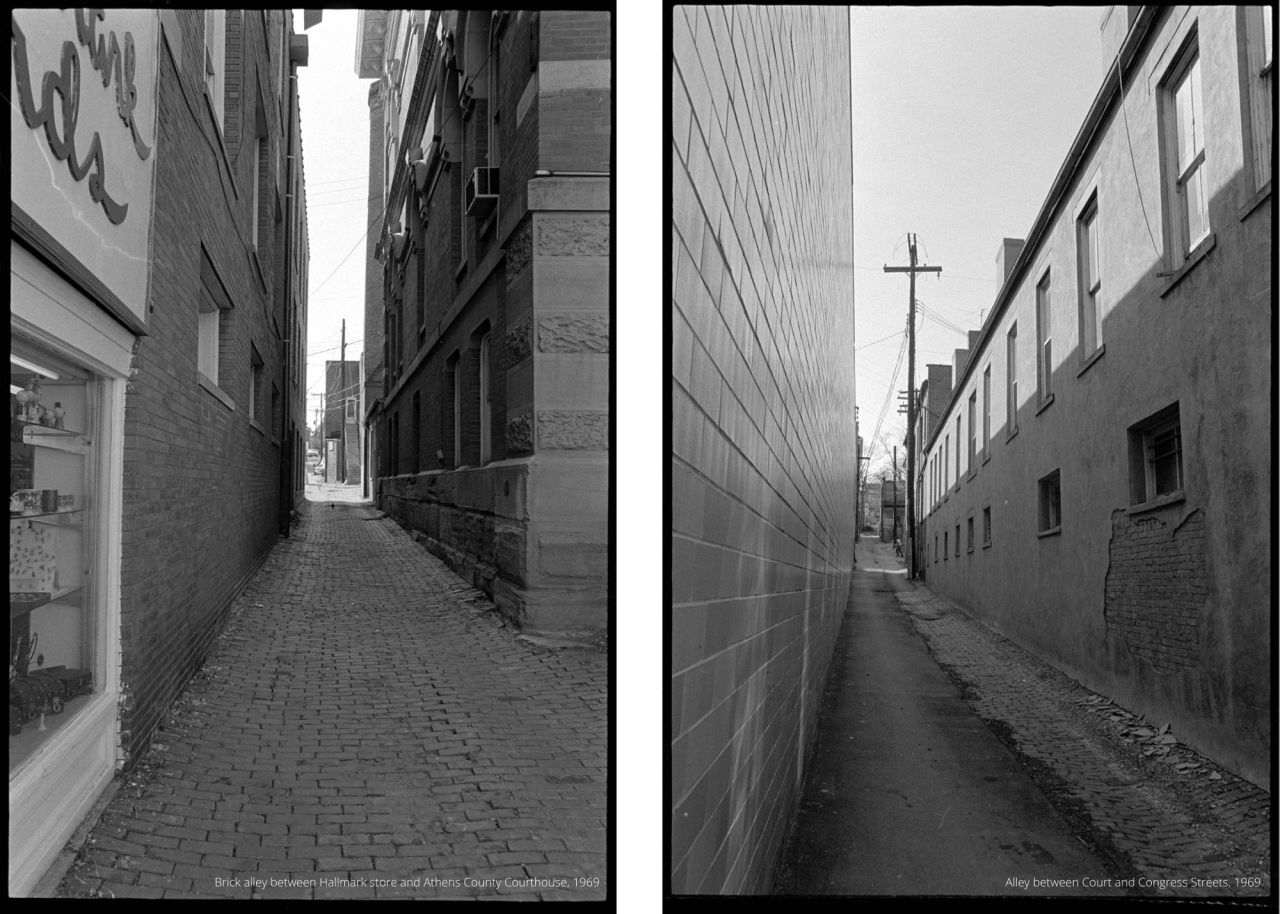
Transcribing since 2019, John Higgins, a Federal Work-Study Student Assistant in the DI unit, has learned just how important transcribers are, especially those who, like Gekosky, take extra time to provide the most accurate transcripts. “It may be easy to go online and look for these documents and sources, but the process by which they get onto the internet is one that is filled with precision, accuracy, awareness, and real passion by the people who do it,” he says. Although many people using the transcripts will not understand the hidden labor that Higgins and others have contributed to the archives, he takes pride in knowing that he took part in documenting history.
Prior to the pandemic, sophomore Kathleen Tuley worked for the Collections Assessment & Access department through the Federal Work-Study program. The amount of work she was able to do onsite in the department decreased with the pandemic; however, she was able to continue her job through the remote transcription projects offered by DI.

Tuley completes the final step in the transcription process. She reviews, or proofreads, completed transcripts from the Ryan Collection, making sure “every word matches perfectly,” she says. As they are completed, the corrected transcripts are then added to the Libraries’ public collections in batches. It’s critical that transcribers provide accurate transcription for future users, which is why Tuley says reviewing is more difficult than it may appear.
Library Support Specialist Kim Brooks began transcribing in the early days of remote working during the COVID-19 pandemic. Brooks says that deciphering handwriting, although atrocious at times, is a satisfying accomplishment. She particularly enjoys transcribing the Board of Trustees minutes from the late 1800s and early 1900s. “They are not at all easy to read,” Brooks says, “So I feel a great sense of accomplishment in learning to decipher the handwritten documents.”

Although at times the material is challenging to work with, transcribers work diligently to improve University Libraries’ archives collections so that students, faculty, and researchers everywhere have access to these accurate, valuable resources. “I found safety and security and stimulating work that produced hundreds and hundreds of digital files online of valuable information for researchers at Ohio University to access in the future wherever they may be,” Gekosky says.
Written by Digital Initiatives Social Media Editor Ellie Roberto, Journalism Strategic Communications major and Marketing minor, expected graduation 2022.

